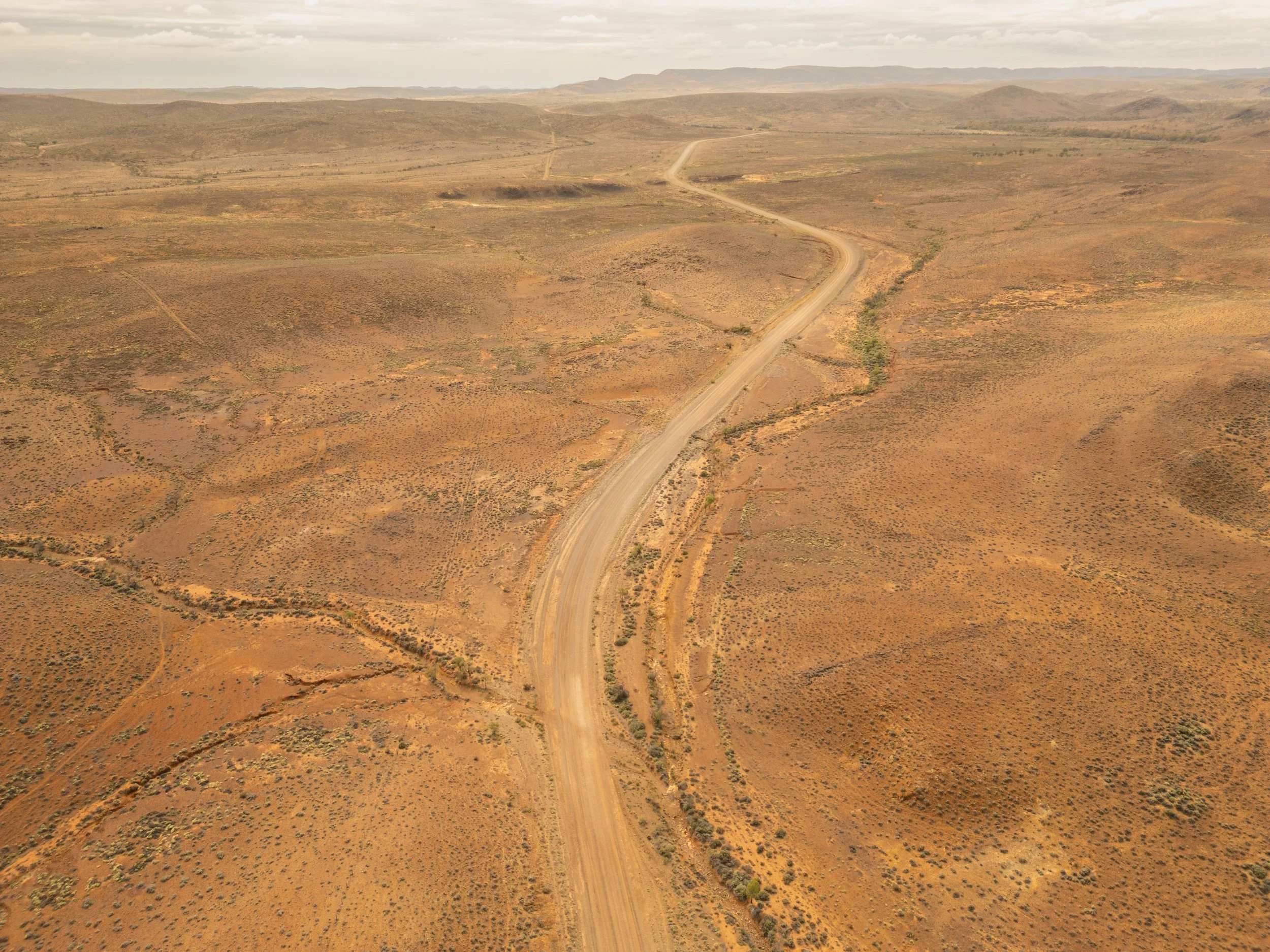
3 important photo tips...
3 easy tips to get better photos - no matter your photo device.
Lots of people say 'oh wow, that is a great camera, it must take really good pictures!' Well, you know what... Really expensive pots and pans don't make me an excellent Chef. Far from it. Sometimes the better the equipment, the more operator flaws are obvious.
Here are a few tips to consider, to make your photographs better, no matter the equipment.
1. Light
Considering the word photography means 'drawing with light' in Greek it's probably quite important in practice, yeah? Yes, it is. Light can make or break an image. One 'scene' photographed in one type of light can tell a very different story to the same 'scene' being photographed with a different kind of light. Dark and moody is reflected (or not so much practically speaking) through light, or lack of, just as bright and fun are achieved through photographing with lots of light and minimal shadows.
When looking at your 'scene' look at the light and what the light is doing.
Is there shadow across the face?
Is something too bright?
Is there too much shadow/darkness?
Evaluate and then take action.
If there is a horrible shadow behind the person you are photographing (and they are up against the wall) move them away. If there is dappled light on their face, move them to somewhere where it's not dappled. If there is too much shadow on the front of your object, turn it towards the light - whether its window, sun, flash, torch or lamp/light.
2. Story
I guess before you even get your camera/phone out you have to know your why. Why do you want to take this photo? What are you saying through this photo? Remember, one photo tells one thousand words.
What do you need to include in the photo to make the story? Will the person be enough or do you need to include where they are? A close up of a wine glass or a wine glass being held, with bottle and cheese platter, by a couple sitting watching a sunset. Or friends having a dinner party.
What is the most important part of the photo? Make sure there is a focus on that. If someone is doing a fantastic trick, but they only fill 1/10 of the frame, it's easy for them to get lost. And it's easy for the viewer not to know where to look.
3. Composition
There are a few rules to photography, but they can also be broken. So don't hold them as gospel. However, if you do remember them, and apply them, it can make a more appealing photo (most of the time).
The main one is the use of the rule of thirds. Cut your image into three horizontally then cut it into three vertically. Where the lines intersect is where you can place your point of focus. For example, put your waterfall on one of these points instead of the middle. A portrait of a person with a beautiful landscape behind (that you want to show) can be out on one of these points too. It works for anything. Except when it doesn't. Haha. Sometimes if you only have the one subject in the frame and nothing else to compete with it, it is better in the middle. Examples being a person looking directly into the camera, a product by itself, a group portrait...
So remember, it's not all about the equipment. In fact, I believe it has little to do with the equipment. Think about what you want the photo to achieve - your why. Then look at the light - does it suit what you are saying. Are there bad shadows or too much light? Then make sure what is inside your frame is right. Can you move in, should you get more in, are there distracting things in the frame?
Getting awesome 'on the go' photos
Simple light tricks that a pro photographer uses. And you can too.
Window light.
I've been photographing a lot of editorial style photo shoots lately - where I go in with minimal equipment and photograph what is happening. I love these sorts of jobs - where I can concentrate on capturing the moment, rather than creating the big extravaganza set.
One light, side on, draws attention to our man.
When indoors, unless I have awesome window light, I set one speed light up on a stand and use that as a side or back light. I have a long-standing dislike of full frontal lighting. Not saying it's wrong - I just prefer more dimension and shadow shape. If I have a white ceiling or wall, I'll bounce it backward with the built-in diffuser up.
Two lights making an 'oomph'. If the subject allows, you can even let one of the lights creep into frame, adding flare.
If the light is really dark, flat and 'yuck', I add a second light. One for the front 3/4 of the face, and one as a hair light. Adds a bit of pop. The hair light emulates sunlight coming through a window or similar.
A completely black room except for the screens. Two lights sandwiching the guy make it more interesting.
The light can come from anywhere to make an interesting photo. Don't always place people (or products) front on to the light.
If window light exists, I'll position my subject near the window, normally side on. I'll play with distance away from the window and subject angle to the window.
Stage lighting is dramatic. I would not use flash for stage shots - work with the shadows.
Always look for moments and get them quick. Dad had leant over to whisper something and the pair were only like this for seconds.
Outdoors, at an event, I set the camera on shutter priority (for the majority of the time). This way, I can concentrate on what I am seeing.
I'm always looking. Looking for interesting people, interactions, things I can 'set up'. When I find something, I run around looking at different angles. I'm not afraid to step in front of someone, sneak in front of the stage, run around the back, lean over someone. Just smile and be polite - most times it works out.
With the strong backlight of sun creeping in behind their heads, the camera would have tried to keep the sun exposed, rendering their faces quite dark. Taking a look at your screen, 'chimping', would tell you if you need to shoot in Manual or not.
I said 'most times' I put my camera on shutter priority. Shutter priority works when you have the sun side on or front on to the subject. If the sun is behind, then we have problems. If you have something overly dark or light behind, this also causes issues. If I am having trouble with the built-in light meter, I'll revert to Manual. Keep an eye on the sun popping in and out from behind clouds as this can drastically change your settings. I'll have a 'chimp' after every photo sequence just to check it's all looking okay.
So there you have it. There is no single 'right' way to take a photo. A lot of photographers will bang on about Manual being the only way - but it's not.
If you want to know more about how to get better pics - without the tech jargon - check out my eCourse Better Pics for Business. It'll get you taking better pics with any camera. A new group course is starting in October.
Food photography on the run
How to get a quick pic of your food that looks tasty - before it goes cold.
Dish by www.foodaccordingtobree.com for Fleruieu Living Magazine using only natural light with a white reflector.
1. Sit by a window
- Easiest and most flattering way to light your food.
- Place your dish near the window, without direct light falling on it.
2. Use your white napkin to bounce the light back into the food
- Hold your white napkin upright, as close as you can to your plate of food. The napkin should be on the opposite side of the plate to the window. The light coming in from the window will now bounce back onto the plate.
3. Re-arrange the food to look even yummier
- Look at your dish. Is there an overcooked broccoli head or soggy chip? Get rid of the ingredients that don't do the dish justice. Spin the plate around also - it may look better from the other side.
4. Photograph from different angles
- If it is a 'stacked' dish, perhaps get down to photograph the layers.
- If it is soup or casserole, you could shoot from above and show the crusty bread roll, etc.
- Lots of dishes look great from a 45-degree angle.
- Experiment!






























